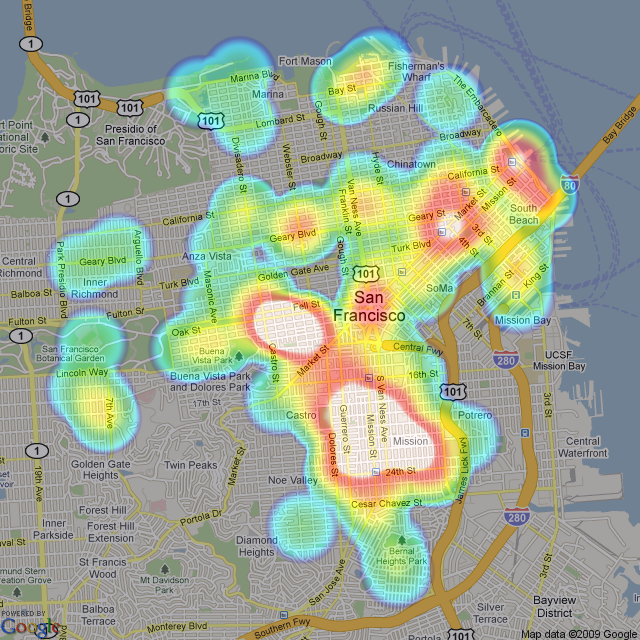 INFRA
INFRA
 INFRA
INFRA
 INFRA
INFRA
Asserting that slow performance is a major barrier to the acceptance of applications that can run in software containers, AppDynamics Inc. is rolling out a service to monitor Docker Inc. containers running microservices.
Microservices iQ Integrated Docker Monitoring enables administrators to view container metadata plus resource indicators for single containers of clusters of containers in order to identify outliers and isolate performance problems. The software attacks a major management problem for the growing number of organizations that are running large volumes of containerized services. Because containers encapsulate both applications and the software infrastructure needed to manage them in a single black box, troubleshooting performance problems can be devilishly difficult.
For example, a container may become unresponsive because another container on the same host is robbing it of central processing unit, disk or memory resources or because the application code itself is faulty. “Many [diagnostic] tools are siloed,” said Matt Chotin, senior director of developer initiatives at AppDynamics, which was acquired by Cisco Systems Inc. early this year. “We want to tie the process together end-to-end.”
Microservices iQ Integrated Docker Monitoring enables administrators to switch quickly between a view of the host server with a list of all running containers with the resources they’re using and the resource demands of any individual container. The software provides a “heat map” view that displays all running containers using a map metaphor, with colors representing the characteristics of each node. This enables problem spots to be quickly isolated.
“Heat maps help you identify outliers and drill in to find out why they’re misbehaving,” Chotin said. The tactic can be used in combination with “canary testing,” in which a small number of instances of a new service are deployed to assess their impact on an entire ecosystem. “You can run the code for a while and then display a heat map to see if there are new outliers and if they’re members of your canary test,” Chotin said. That would indicate whether or not the new instances are performing acceptably.
Heat maps are part of a new Tier Metrics Correlator feature that shows load imbalances and performance anomalies across all the nodes in a tier. Heat maps can be used to highlight any correlations between anomalies and use of resources such as processor, disk and memory by individual containers. AppDynamics said issues that would take hours to investigate using multiple dashboards and side-by-side metric comparisons are often immediately apparent using this approach.
As a companion to today’s announcement, AppDynamics released the App Attention Index 2017, a measure of user expectations of mobile and software-as-a-service applications. The survey revealed that 80 percent of users have deleted or discontinued use of apps because of poor performance and that half have done so after just one attempt.
The survey also found that three in ten users said they would change banks if an institution’s mobile app wasn’t up to snuff. The results are a “sign of how fickle customers are,” Chotin said.
THANK YOU